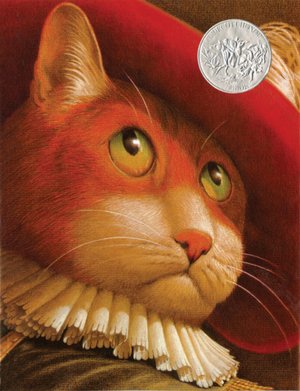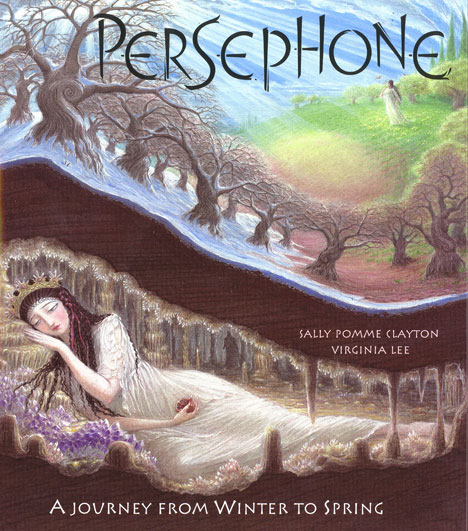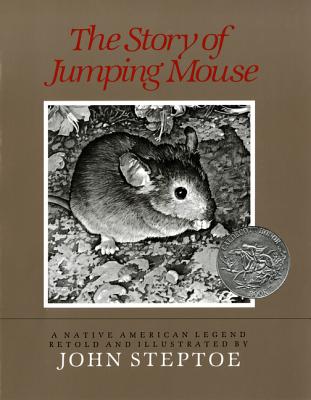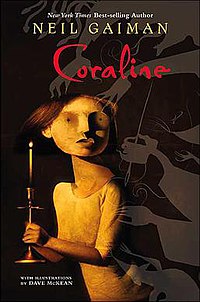Chapter Books
Stargirl by Jeff Spinelli
Stargirl left homeschool and started new in a tenth grade classroom of a public high school in Arizona. She has a lot of enthusiasm. The other students had difficulty understanding her. She was asked to join the cheerleading squad and she did. Then during the basketball season, many of the fans thought that she cared too much whenever someone was injured on the field for the opposing teams. This turned the school against her. The students stopped talking and interacting with Stargirl and Leo, her boyfriend. Leo did not like this and wanted Stargirl to try to be more like the other students. She did change for him, but the other students continued to ignore them. So, Stargirl returned to the way she was. Stargirl went to the Ocotillo Ball without a date and she danced by herself at first, but then she asked the band to play a bunny hop. After the dance, Stargirl never returned to school. Her actions stayed, the small group of basketball fans who, years later at school basketball games, always cheered the first basket scored by the opposing team. I didn't really like this story that much because I did not like the ended too much.
Because of Winn-Dixie by Kate DiCamillo
One summer Opal and her father, who is a preacher, move to Florida, Opal goes into the Winn-Dixie supermarket and comes out with a dog. The dog is not the best looking dog, but it has a great sense of humor. She names the dog Winn-Dixie. Because of Winn-Dixie, the preacher tells Opal ten things about her absent mother, one for each year Opal has been alive. Winn-Dixie is better at making friends than anyone Opal has ever known. Together they meet the local librarian, Miss Franny Block, who once fought off a bear with a copy of the book War and Peace. Later they meet Gloria Dump, who is almost blind but sees with her heart, and Otis, an ex-con who sets the animals in his pet shop loose after hours, then plays his guitar to them. Opal spends all that sweet summer collecting stories about her new friends and thinking about her mother. But because of Winn-Dixie or because she has grown, Opal learns to let go, just a little, and that friendship, and forgiveness, can sneak up on you. I love this book. I remember loving it was I was a little girl.

Hoot by Carl Hiaasen
A young boy named Roy Eberhardt moves to Coconut Cove, Florida where he tries his hardest to help save the burrowing owls. He has to stop the construction on the piece of land where they live. He helps the owls and makes new friends in the process which changes him into a more mature young man. I thought this was a great book because it cares so much for the owls.
Holes by Louis Sachar
Camp Green Lake is a boys’ juvenile detention center in Texas, but there is no lake there. The boys spend each day digging five-foot holes in the dried up lakebed and have to report what they have found if they get lucky enough. Stanley Yelnats, a boy who always seems to be in the wrong place at the wrong time, is sent there for ‘stealing’ a pair of used sneakers. Stanley believes his bad luck is because of a curse placed on his family after his great-great-grandfather, Elya Yelnats, stole a pig from a gypsy, Madame Zeroni. In the book the reason why he stole the pig is explained.
At Camp Green Lake Stanley is given the nickname “Caveman”, because Stanley has some acceptance from a peer group for the first time. He grows stronger and tougher as he battles the harsh conditions at the camp. He becomes friends with a boy called Zero by agreeing to teach him how to read in exchange for helping his digging process. This upsets the other boys and causes a fight. In the aftermath, Zero gets into trouble and runs off into the desert. Stanley attempts to steal a water truck and go out after Zero, but he drives the truck into a hole, gets out of the truck and runs away. He heads out across the desert toward a rock called “God’s thumb,” the place where his grandfather, the first Stanley Yelnats, survived after being robbed by Kissin’ Kate Barlow a hundred years ago. Kissin’ Kate became an outlaw because for revenge for killing her love. Before she died, she left treasure behind without telling anyone where it was. The Warden at Camp Green Lake tells people that the boys there dig holes to build character. In reality, she is continuing the search for Kate Barlow’s treasure. Stanley continues to walk across the lakebed and finds Zero under the remains of a boat. Zero is weak and sick, but they manage to walk up to “God’s Thumb”. After a few days the boys have regained their strength and decide to go back to the camp to try and dig up Kate Barlow’s treasure. Under cover of night, the boys return to the hole where Stanley had found the lipstick tube. Stanley digs and unearths a suitcase, just as the Warden arrives. In the light of flashlights, the boys see that they are covered with yellow-spotted lizards. They stay completely still until the sun rises and the lizards go down into the shade, off of the boys. It turns out that Zero’s real name is Hector Zeroni, the great-great-great-grandson of Madame Zeroni, the gypsy that had cursed Stanley’s great-great-grandfather. By carrying Zero up the mountain, Stanley had broken the curse. I loved this book because I loved the story line and plot; so creative.

Freak the Mighty by Rodman Philbrick
Kevin is a very smart child, but has birth defects. His birth defects cause him to wear braces on his legs. Max is powerful and huge, but he feels worthless and dumb. Each boy seems like half a person, but when they meet the summer before eighth grade starts, join together, and become friends. They are both known as Freak the Mighty. The novel Freak the Mighty focuses on one year of the boys’ life. It follows them through their first meeting, their summer adventures, their return to school, and even Max’s Christmas Eve kidnapping at the hands of his murderous father. Although the boys are eventually reunited, their happiness cannot last forever. Kevin’s health problems worsen, leading to an unfortunate end of Freak the Mighty. A devastated Max learns how to face the world without his best friend. I loved this book because it is so different but empowering.








































-cover.jpg)










